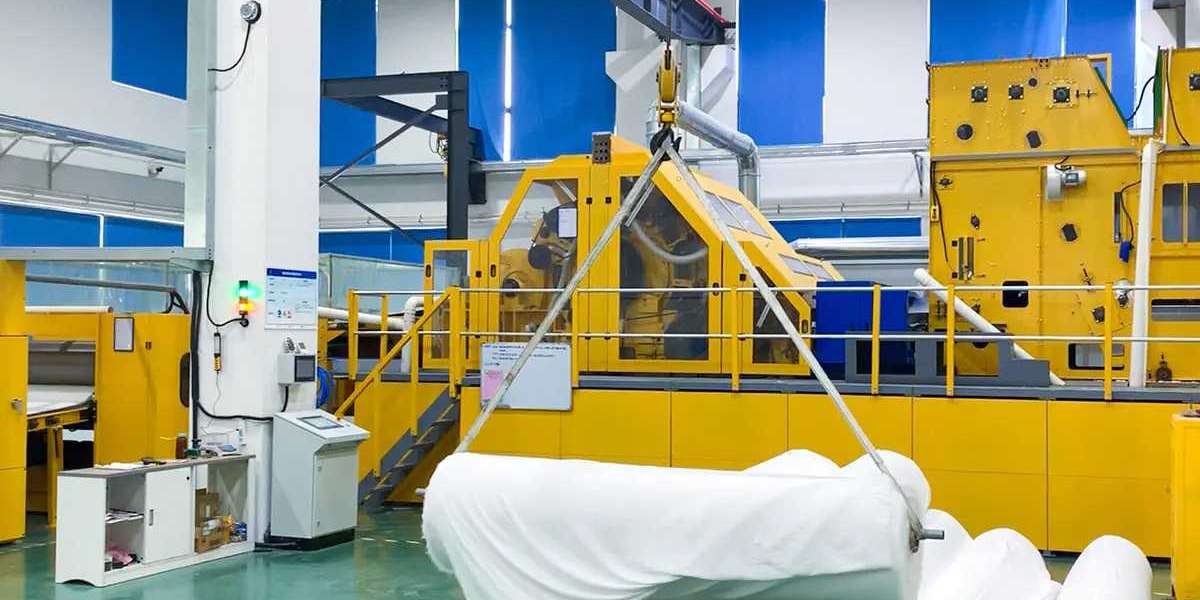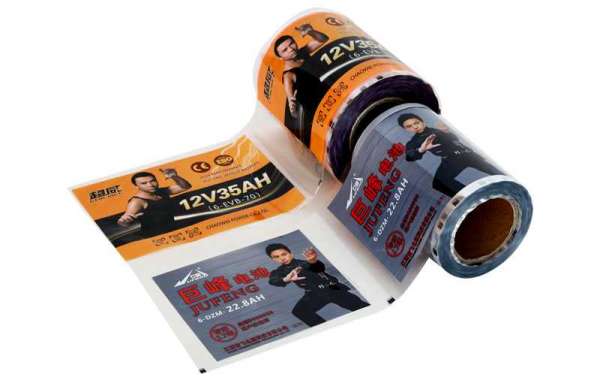With the continuous improvement of environmental awareness and consumers' pursuit of natural and green products, the textile industry is facing a profound change. Against this background, 100% cotton and natural fiber spunlace production lines have become the new favorite of the textile industry with their unique process and environmental advantages.
Spunlace production line is a non-woven textile manufacturing equipment that interweaves fiber materials through high-pressure water flow to form textiles with specific shapes and structures. For 100% cotton and natural fibers, spunlace technology not only retains the natural properties of fibers, such as air permeability, moisture absorption and softness, but also achieves uniform interweaving between fibers through fine process control, thereby improving the overall performance of the product.
The entire spunlace production line includes four main steps: fiber pretreatment, mesh prefabrication, spunlace forming and post-treatment. In the fiber pretreatment stage, the raw fiber is cleaned, impurities are removed, etc. to ensure the quality and purity of the fiber. Next, the fiber enters the mesh prefabrication stage and is formed into a mesh with a certain size and structure through a carding machine. Then, the mesh enters the spunlace forming stage, and the high-pressure water flow penetrates the mesh and interweaves the fibers together. Finally, after drying, finishing and other post-processing processes, the finished product is finally obtained.
Advantages of 100% cotton and natural fiber spunlace production line
Environmental protection: 100% cotton and natural fiber spunlace production line uses pure natural fiber raw materials without adding any chemical additives, thus realizing true green production. At the same time, compared with traditional weaving processes, spunlace technology reduces a lot of water resource consumption and wastewater discharge, further reducing the impact on the environment.
Product quality: Spunlace technology interweaves fibers together through high-pressure water flow, making the combination between fibers tighter and more uniform, thereby improving the overall performance and durability of the product. In addition, spunlace technology can also adjust parameters such as water flow pressure and speed according to different product requirements to achieve customized production.
Production efficiency: The spunlace production line has the characteristics of continuity and automation, and can achieve large-scale and efficient production. At the same time, due to the particularity of spunlace technology, it can process multiple fiber raw materials at the same time, further improving the flexibility and adaptability of the production line.
With the improvement of people's environmental awareness and the pursuit of natural and green products, the application prospects of 100% cotton and natural fiber spunlace production lines in the textile industry are very broad. At present, this production line has been widely used in many fields such as medical and health care, household goods, and industrial filtration. For example, in the field of medical and health care, spunlace non-woven fabrics are used to make medical supplies such as masks and surgical gowns; in the field of household goods, spunlace non-woven fabrics are used to make home decorations such as bedding and curtains; in the field of industrial filtration, spunlace non-woven fabrics are used to make filter materials, sound insulation materials, etc.
In the future, with the continuous advancement of technology and the continuous expansion of the market, 100% cotton and natural fiber spunlace production lines will be used in more fields, making greater contributions to the green development and sustainable development of the textile industry.







